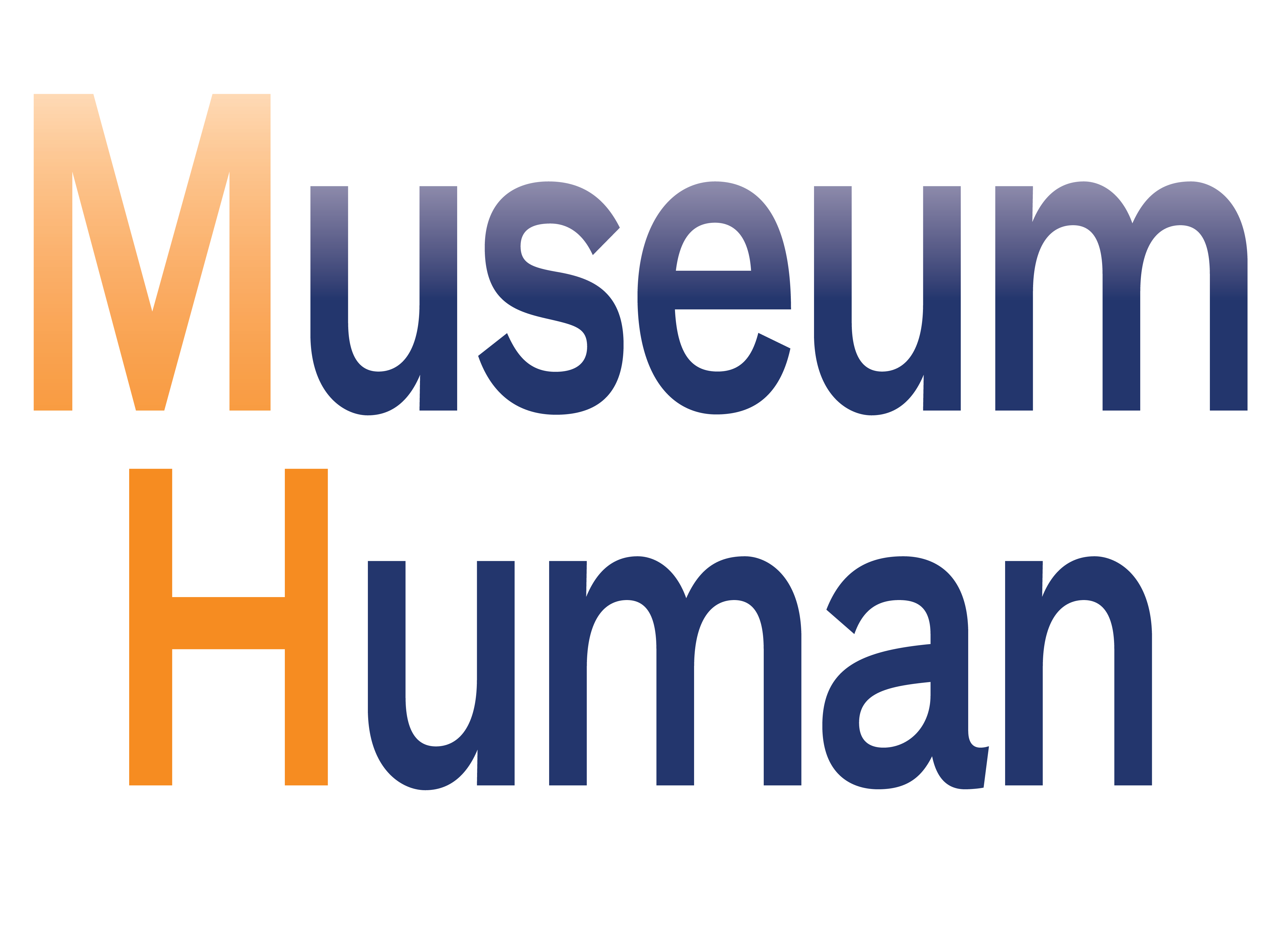
Organizational trust in museums doesn't just happen. It takes a lot of work—and a desire to be trusted.
Before we get to the week's main topic, more on the cult of busyness. This Guardian article proposes the simple idea of eight hours of work, eight of leisure, and eight of sleep. As in, what in our current mindset prevents this? And this tweet thread wonders how much of burnout comes from overwork and how much from the feeling that one's work doesn't really matter to the organization or society. This Harvard Business Review article has suggestions on how an organization can measure staff burnout accurately and ethically.
Regarding the future of flexible work, Microsoft's detailed explanation of their organizational stages of hybridity seems useful, though one wonders if they're setting tdhe stage to measure this through institutional use of their near-ubiquitous software. Many museums, of course, have physical requirements that force more staff into the building. Virtual whiteboard company Miro reports their findings on a survey on remote work. Spoiler: we've had trouble staying engaged during meetings and keeping to routines. (Thanks to NOBL for both of these links; here is their helpful org design article archive.)
Now, to trust. Considering museums are supposed to be trusted by the public (we should ask, which public?), museums don't do trust well internally, with their staff. This blog has touched on plenty of organizational reasons why—activity levels which haven't budged despite pandemic-blamed staff cuts, continued catch-up on antiracist progress, not giving staff the opportunity to make their work flexible, an obsession with smarts … and that's just posts from the past two months.
How do all these intersect with trust? Trust comes from a history of aligning words with deeds, and museums have mistaken candor for transparency. Below are some recent links about trust in organizations. The key, you'll note is that trust must run in both directions. Staff must be able to trust leaders, sure. Leaders and managers must also be able to trust workers to not only be professional and dedicated, but to be capable of effective, imaginative, and problem-solving work. (Hence my choice of Prince lyrics for the post's title.) In fact, leaders and managers should recognize that their workers know more about the organization's work than they, the leaders and managers, do.
If you're reading this and not a subscriber to Museum Human, consider scrolling to the bottom and signing up now—it's free and is the only way to read the site's longer weekly post on the organizational culture of cultural organizations.
Let's start with Harvard Business Review on how adaptable organizations run on trust—because it's required for the two-way respect I mentioned above. The article's thesis—that orgs which are adaptable can function in perpetual crisis—is a bit disturbing, since the normalization of crisis and the self-identification of leaders primarily being crisis managers is a driver of activity level and burnout. I do like the idea that a simple set of principles, applied with gusto, can create the kind of complexity that helps orgs succeed:
[This] approach is inspired by complexity theory, which builds on the work of U.S. theoretical physicist and Nobel laureate Philip Warren Anderson. One of the key concepts in complexity theory is “emergence”: The idea that complexity arises from simplicity and that small things form big things with properties different than the sum of their parts when interacting as part of a greater whole. Just a few simple principles allow you to build systems where macrointelligence and adaptability derive from local interactions and knowledge. In other words, the challenges may be great, but the solutions are often small.
Emergence is a concept increasingly found in holistic organizational thinking—check out adrienne marie brown's Emergent Strategy (some good extrapolation here and here) and Sahana Chattopadhyay's writing on Medium. Complexity is also a useful concept (so is systems thinking, which I've found interesting reading for understanding feedback in organizations) but a difficult practice in a siloed organization where cross-department interaction can be heavily gatekept. When an article hails the idea of "less is more," museum workers would be forgiven for thinking this means "do more work in less time for less pay." Museum leaders have a lot to do to prove this isn't the case.
What this means for museums: museum leaders want adaptable organizations, but adaptable for what? For instance, is the pandemic a business problem or a societal problem for museums? Maybe trust can help leaders see the transformations that should be happening rather than just declaring the transformations that they demand to happen.
Trust grows when there is more interaction in organizations. Leaders go on and on about those hallway and cafeteria conversations which they claim is the lifeblood of organizational creativity, but do they themselves participate in these conversations or are they in meetings all the time? Do workers get to act on this supposed creativity? Organizations need conversations not just in cafeterias but at all times between people at all levels, as this Medium article describes.
Another article dives deeper into open, networked behavior, and how these random interactions don't just happen—they require an end to secrecy, a habit of showing one's (or one's team's) work, and a winding down of hierarchies. There are also some recommendations for encouraging this behavior while workplaces are still distributed and hybrid. (Could a work version of Clubhouse, with all its issues, be the answer? If it is the answer, then what does that say about org behavior in museums?)
What this means for museums: bring the spirit of those hallway conversations into Zoom calls, understanding that it's more difficult because, after all, there's a pandemic. Organizations need to provide opportunities for lots of networking, not just around the institution but also around the field.
Trust, in the end, comes from participation. And that means, as this article from leading org culture consultancy The Ready describes, giving staff a role in governance (or else they'll try to take it by unionizing or leaving the org). This is the hardest part for leaders and managers to accept.
Progressive organizations ensure that everyone has the freedom and autonomy to use their judgment to serve the organization’s purpose. Their default assumption is that you can do anything unless a specific policy or agreement prohibits it. In order for this to work, it must start from a position of trust. Progressive organizations distribute authority as much as possible to teams and individuals who work closest to the market or customers, where the action and the information are. Teams can then take full responsibility and true ownership for their work and their way of working. As a result, there is more organizational learning and better performance.
Read the whole article for some important ideas about participatory governance.
What this means for museums: it's time for staff to expect and demand a role in the running of the museum (many staff already do). And that means no core which feels entitled to a leading role. Museums have to undo the mindset about who is expendable.
Enjoy the links!
If you're reading this and not a subscriber to Museum Human, consider signing up for a free subscription below—it's the only way to read the site's longer weekly posts on the organizational culture of cultural organizations. Thank you for reading!
cover image by Tamanna Rumee on Unsplash [description: a circle of paper clips on a blue background]

Links of the Week: March 30, 2021: Trust, Who Do You … by Robert J Weisberg is licensed under a Creative Commons Attribution-NonCommercial-ShareAlike 4.0 International License.






